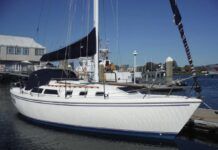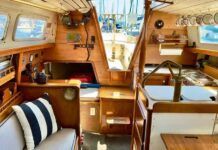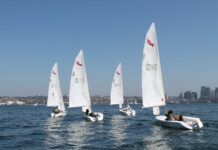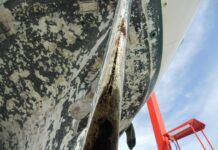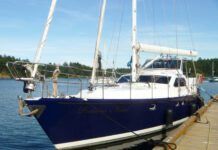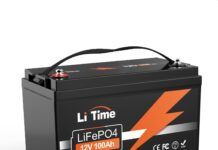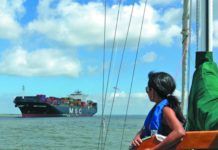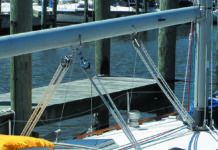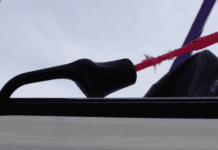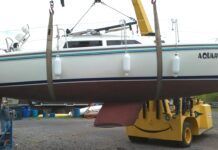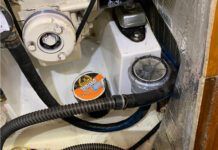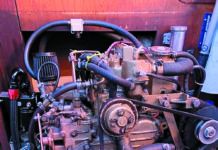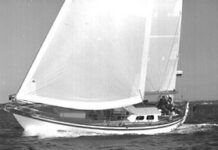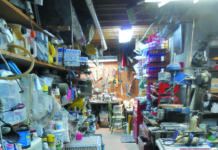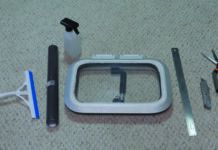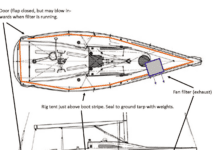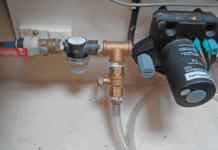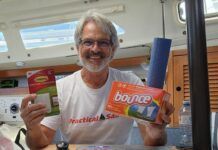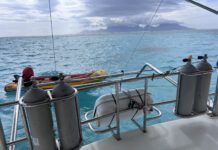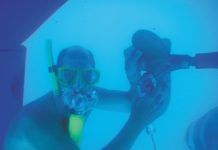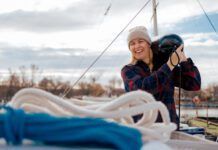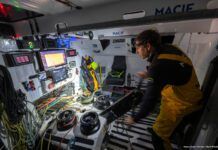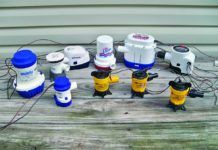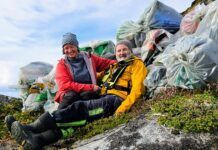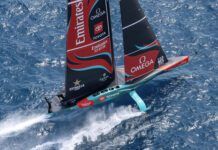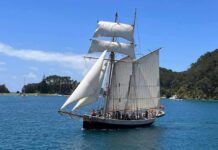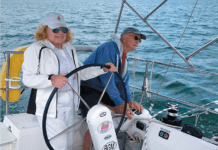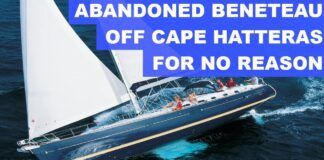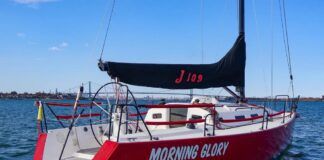On-board safety is never far from the minds of most serious sailors. It’s a preoccupation underlying our thoughts even if we’re only daysailing on protected water. So it’s reassuring to know that there are those in the sailing community who take it seriously enough to test safety and rescue gear.
In this issue, seamanship authority John Rousmaniere files his first report on crew overboard trials that were conducted on San Francisco Bay by 115 volunteers aboard 15 different vessels last summer. That piece begins on page 12.
On-board safety boils down to making judgments and then acting on those judgments skillfully. But the judgment of even the most hardened sailor can be compromised by sea state, fatigue, darkness, sudden gusts, shorthandedness, or various forms of incapacitation. So preparing for what could potentially be the worst day of your life requires thinking through basic steps, keeping a vigilant attitude, and making gear choices that fit your boat and your budget.
Certainly equipment strongly influences safety. But is good, sound safety necessarily a function of budget? To grapple with this question, we posit the following “Level” approach to staying safe generally and keeping the crew on deck in particular. Admittedly, no single solution works equally well for every boat, but we think equipping your vessel with a West Marine Inflatable Lifesling ($150) or Survival Technologies’ Tech-Float ($170), will provide the greatest life-saving potential in most conditions.
Level I Safety (least expensive): Envisions a properly affixed harness worn by each crewmember while on deck, and if not worn, then each crewmember wears a proven PFD; it would also suggest an inexpensive throw bag with 70′ of polypropylene line mounted at the ready near the cockpit; and, at night, a handheld signal light in the possession of each crewmember.
Level II Safety ( moderately expensive): Envisions a properly affixed harness and/or PFD for each crewmember (one that will self-right an unconscious, semi-conscious, or disoriented COB with an auto-activated strobe for nighttime visual contact); a handheld light for each crew, and a throw bag at the ready with a buoyant device attached to the end, like the Lifesling or Tech-Float.
Level III Safety ( most expensive): Envisions a properly affixed harness that combines an inflatable PFD that will self-right an unconscious or semi-conscious COB equipped with an auto-activated strobe; supplies each crewmember with a handheld light; a Lifesling or Tech-Float at the ready; plus a high-visibility, tested MOM unit with pylon with auto-activated strobe, and due consideration for a COB alarm system. The San Francisco tests showed that COB systems work, but not without added expense and complexity.
We shared this “tiered” way of thinking with colleagues. Collectively, they said that you can’t compartmentalize safety in this fashion; there simply are too many variables.
Said former editor Doug Logan: “You can say that on this boat, which will usually be sailing in these conditions, we would choose product X. But you can’t always categorically choose product X.”
Executive Editor Dale Nouse took another tack: “If I were going to develop three-level safety parameters, I’d prefer they pertain to 1. daysailing in inland or near coastal waters, 2. cruising short-range near shore, and 3. ocean passage-making.”
So, the debate continues. Perhaps the only absolute here is that no gear choice can take the place of lots of on-the-water practice, solid crew work, and a safety consciousness repeating in that small, clear voice in the back of your mind: “This could be the day.” Safety, after all, should make us think.
-Dan Dickison



